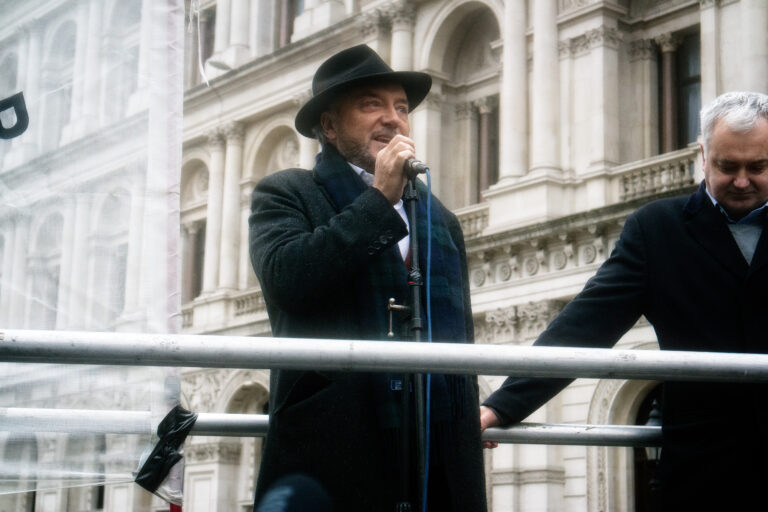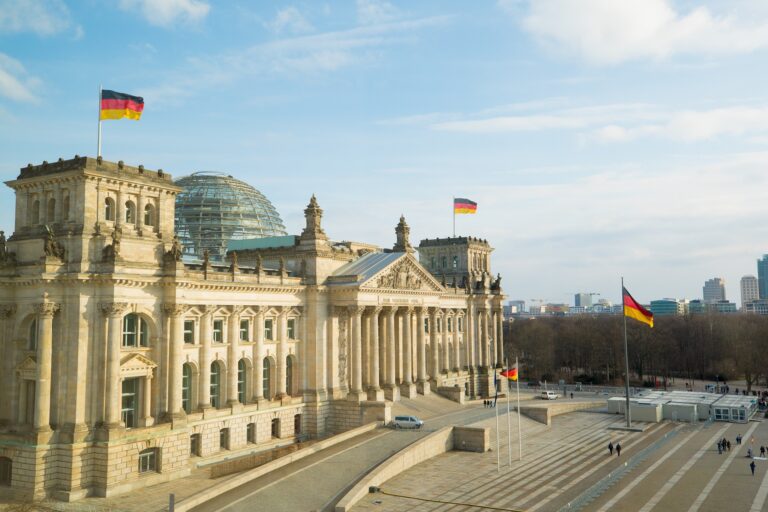
Dr Paul Stott
Head of Security and Extremism
Much of the attention following the killing of Sir David Amess MP has been focused on the rising volume of threats to MPs and the issue of online anonymity. These are very important, but a much broader set of questions around ideology is in danger of slipping from view. William Shawcross’ Independent Review of the counter-radicalisation Prevent strategy affords a major opportunity to address this imbalance and reset discussion in a neglected area of policy. Shawcross is due to report shortly to the Home Secretary.
Here are fourteen questions which emerge from the horrific events in Southend:
- What role did Islamist ideology play in this terrorist attack? What are the attacker’s beliefs and in whose name was he acting?
- How far upstream will the investigation go in terms of researching the alleged attacker’s ideological and cultural hinterland?
- Whilst the term ‘lone wolf’ is commonly used to discuss terrorist killings committed by an individual, a more accurate term is “lone actor”. Man is a social animal – there are few, if any completely lone wolves, just as there were few completely ‘clean skins’ in the era of the Provisional IRA. Those who act alone may have a wider peer group, which helps shape attitudes and actions. Who were they in this case? What was the process here?
- Harbi Ali Kullane is the father of suspect Ali Harbi Ali. Harbi Ali Kullane has reportedly received threats from jihadists from the Al-Shabaab group, in the recent past. But what is the context and nature of these disputes? How much do we know about his broader world view?
- Hitherto there has not been any attention paid to the full range of Mr Kullane’s tweets. On social media he has defended Palestinian attacks on Israel, criticised British colonialism in Somalia, and in 2015 compared the Islamic State terror attacks in Paris to bombings carried out by western powers on targets in Syria. Does this grievance culture concerning violence in the rest of the world influence the potential for violent acts in this country?




- Some Muslim organisations have grumbled about media coverage, complaining that The Times and Sun had mentioned “Islamism” as a possible driver, but not other potential causes. In so doing have some spokesmen abetted a victim culture within British Islam, following the killing of Sir David Amess? If so, how does it impact on our understanding of extremism and terrorism?
- After the Manchester Arena bombing in 2017 then Security Minister Ben Wallace spoke of 23,000 people being of interest to the security services in terms of counter-terrorism, a dramatically higher figure than previously. On 13 May 2021 Witness A, a Deputy Director of MI5, gave evidence at the Fishmongers Hall inquest; she revealed the organisation had some 600 live investigations into individuals and groups. So how big is the threat, and what do these numbers mean?
- After three terrorist attacks on MPs, there is concern as to whether we have the resources to protect 650 elected representatives, especially in their own constituencies. But there is available resource. Operation Kenova is a major police commitment currently dedicated to investigating historical cases in Northern Ireland, some dating back fifty years and often involving long retired, elderly veterans. This week, Dennis Hutchings, aged 80, died during histrial. Given the contemporary terrorist threat, can we continue to spare the 70 plus officers former Bedfordshire Chief Constable Jon Boutcher has working on Operation Kenova?
- The March 2021 Integrated Review of Security, Defence, Development and Foreign Policy suggested an imperative to re-focus intelligence and security priorities on the threat between nation states. Given open hostility from Russia and China, how does MI5 balance the need to counter their threat, with those from non-state actors?
- With the expansion of MI5 over the twenty years since 9/11, Ministers need to ask whether we are we getting value for money from the domestic security service? Is their sufficient oversight of how the resources pie is being cut up inside what one wag referred to as the ‘independent republic of Thames House’?
- The Pursue aspect of counter-terrorism has characteristically focused on disrupting the plots of would be jihadists, responsible for nearly 100 deaths in Britain this century. In that period the far-right has killed three. Both sets of ideologies pose a threat; do we currently have the balance right in terms of how counter-terrorism is being conducted?
- Prevent referrals may go to a multi-agency Channel panel, chaired by local authorities. An increasing number of Prevent referrals have been for far-right extremism. In the most recent figures, far-right referrals stood at 43%, Islamist at 30%. Are we sure that the operational response is proportionate to the actual threat posed by different types of extremism?
- Is there greater social acceptance within the public sector for staff to raise concerns about far-right extremism, than Islamist extremism? How could this be measured?
- Has the vilification of Prevent by its opponents as racist or Islamophobic, deterred some employees in the public sector from fulfilling their statutory duties?


